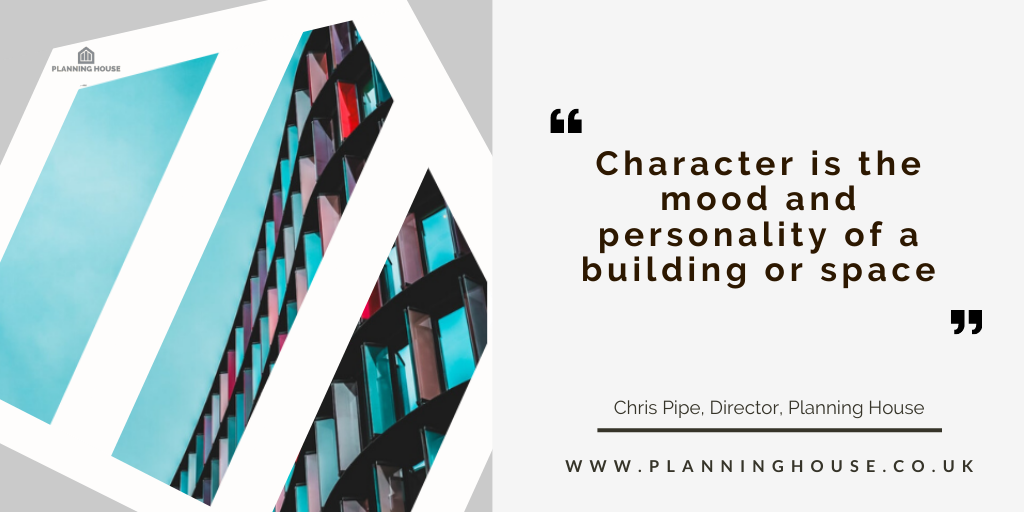Good design is synonymous with good planning. Well-designed schemes are also dependent on effective communication, integration across various professional disciplines from the outset and for everyone to work towards the same vision. Being proactive and willing to participate in meaningful engagement and compromise (where necessary) is critical to achieving this and delivering high-quality schemes.
Doing so is also more likely to deliver benefits to communities as well as protect and enhance the built and natural environment. It seems more important than ever to remember this. Particularly with the national need for more housing, there is a risk that good quality residential and mixed-use schemes are sacrificed in the race to build more homes.
Those buildings, places and spaces which are well-considered and effectively integrated with their surroundings hold significant social, economic and environmental value. Recognition of this value has had its ups and downs in planning over the years, with its lowest point during the 1980s when design matters were not even a ‘material consideration’ and left to the market. Thankfully those days are long gone and design is currently a key government priority; as demonstrated by the creation of the Building Better, Building Beautiful Commission and its report Living with Beauty along with the publication of the National Design Guide.
The notion of good design is arguably subjective because what is appropriate development will depend on the specific proposal, its scale and location. However, when planning and determining where people are going to live particularly, surely the national conversation needs to be shifted to ‘more and better homes’ so that the legacy of residential schemes is taken into account and we are not blinded by the need to deliver as many ‘units’ as possible in the face of the on-going housing crisis.
From a design perspective the problem is factory-style housing and the inexplicable desire to replicate ‘local distinctiveness’. There is a prevailing conservative view that this concept should centre on regional/ local house types and use of materials. But if new schemes, particularly larger urban extensions, are not well- integrated with the existing built form then such design objectives are futile.
If places are cohesive, and there are many ways in which to achieve this successfully, then there is significant scope for architectural differences between buildings. Strong landscaping across a site can also disguise a multitude of architectural sins. Sadly tree-planting is typically one of the first elements to go when savings need to be found, but landscaping (soft and harder elements) can be very useful in embedding design value and character; whereas features on buildings can change, be moved or extended.
Character is a key consideration when determining the impacts of new development on the local area because it is cuts across all the characteristics of design. The National Design Guide identifies 10 characteristics of well-designed places. The character of homes, streets and places comes from not only the style they are built in and the materials used, but also from how they function and why people occupy spaces. Character is the mood and personality of a building or space.
To my mind new housing should look different. Why should new homes copy the style of those in the next street to be considered appropriate or acceptable in planning terms? For instance, pocket-parks can improve legibility across a scheme and ‘sticky streets’ (i.e. streets and public spaces where people want to meet, congregate and use fully as opposed to merely passing through) can improve the character, vibrancy and sense of place. New development should respond to present times as well as the physical, historical and emotional context of a place.
Being in lockdown because of coronavirus (COVID-19) has also made us all more aware and critical of how our surroundings are designed and laid out. Many of us are even questioning whether our homes, open spaces and the public realm meet our current or future needs. For instance, the value and functionality of our homes and workspaces, the quality and quantity of our open spaces, how our transport networks are integrated and connect our communities.
When balancing the various demands of design within the planning process, I believe more thought needs to be given to the points raised above. We also need to question who we are building places and spaces for, and what are their needs and aspirations. Such questions are vital to answer at the design stage of any proposals if the quality of new development is to improve overall and more sustainable places to live, work and visit are to be created.


